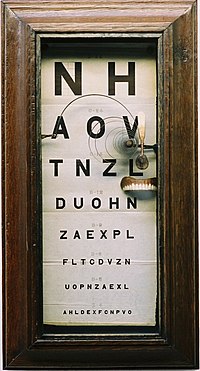羅丹作品的拼接Assemblage與壓條法Marcottage
Assemblage is an artistic form or medium usually created on a defined substrate that consists of three-dimensional elements projecting out of or from the substrate. It is similar to collage, a two-dimensional medium. It is part of the visual arts and it typically uses found objects, but is not limited to these materials.[1][2]
Marcottage Definition & Meaning
marcottage
Layering is the process whereby the branch of a tree, or other plant, produces roots and is separated from the original plant, becoming a new, separate plant. Layering is utilized by horticulturists to propagate desirable plants.
Natural layering typically occurs when a branch touches the ground, whereupon it produces adventitious roots. At a later stage the connection with the parent plant is severed and a new plant is produced as a result.
The horticultural layering process typically involves wounding the target region to expose the inner stem and optionally applying rooting compounds.
In ground layering or simple layering, the stem is bent down and the target region is buried in the soil. This is done in plant nurseries in imitation of natural layering by many plants such as brambles which bow over and touch the tip on the ground, at which point it grows roots and, when separated, can continue as a separate plant. In either case, the rooting process may take from several weeks to a year.
There are two methods of air layering, which do not involve burying the stem. In ring air layering, the exposed wound is covered in a growth medium such as sphagnum moss, and wrapped in a material such as plastic. The roots grow into the medium and after a period of time, the stem is separated from the original plant.[1] Tourniquet air layering has a similar method to air layering, except that instead of creating a wound, a wire is wrapped around the stem and the ends are twisted until it is very tight.[2]
Layering is more complicated than taking cuttings, but has the advantage that the propagated portion continues to receive water and nutrients from the parent plant while it is forming roots. This is important for plants that form roots slowly, or for propagating large pieces. Layering is used quite frequently in the propagation of bonsai; it is also used as a technique for both creating new roots and improving existing roots.
Surprise of Rodin sculpture in Madison thrills even world travelers
法新社和美國有線電視新聞網(CNN)報導,這尊白色大理石雕像位於新澤西州麥迪遜自治市的一個會議室,非常顯眼。這個自治市擁有1萬6000人口。
事實上,過去約80年,這尊位於臺座上的拿破崙雕像一直被擺放在此。會議進行期間,大家總會隨意地靠著它。
年僅22歲的藝術史學生摩蒂拉羅(Mallory Mortillaro)2014年獲聘清點這棟建築物裡的藝術品時,偶然發現這尊雕像,他注意到上頭簽有「A. 羅丹」,簽名方式與知名藝術家羅丹如出一轍。
這項發現激起了她的好奇心,摩蒂拉羅請教專家並埋首於資料庫,一心想確認這是否出於天才藝術家羅丹之手。
她最終證實這尊雕像是「現代雕塑之父」羅丹的作品。
摩蒂拉羅在藝術品蒐藏文件中,發現羅丹與這張雕像合影的照片;各界原以為這尊雕像已經遺失。
這尊雕像價值落在400萬美元(約新台幣1億2180萬元)至1200萬美元(約新台幣3億6548萬元)間。
哈特利道奇基金會(Hartley Dodge Foundation)負責人普萊特(Nicolas Platt)告訴哥倫比亞廣播公司(CBS):「當時沒有書面作業,完全沒有這尊雕像進入這棟建築物的紀錄。」
基於安全因素,這尊拿破崙雕像的「身世」被隱瞞了兩年,直到上週移往聲譽卓著的費城美術館(Philadelphia Museum of Art)時才曝光。(譯者:中央社劉文瑜)1061024
Read more: http://www.smithsonianmag.com/smart-news/lost-rodin-sculpture-discovered-new-jersey-borough-hall-180965314/#0dooM2wz1YjLAweO.99
Give the gift of Smithsonian magazine for only $12! http://bit.ly/1cGUiGv
Follow us: @SmithsonianMag on Twitter


沒有留言:
張貼留言